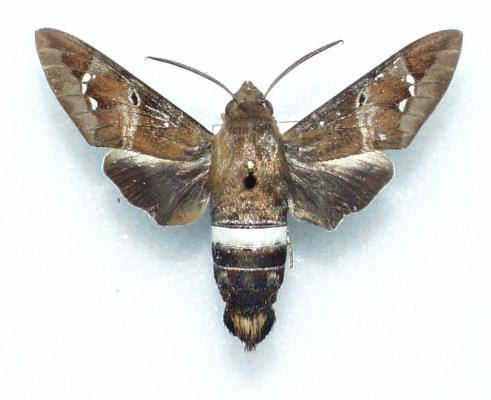
Aellopos tantalus zonata??, Mexico, courtesy of Manuel Balcazar-Lara.
This site has been created by Bill Oehlke
Comments, suggestions and/or additional information are welcomed by Bill.

This site has been created by Bill Oehlke
Comments, suggestions and/or additional information are welcomed by Bill.
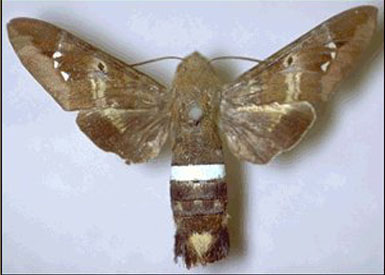
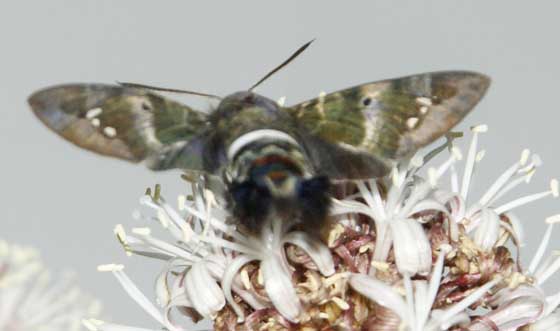
Aellopos tantalus zonata, Islamorada, Monroe County, Florida, December 22, 2008,
courtesy of Kevin and Shelby Heeter, id confirmed by James P. Tuttle.
TAXONOMY:
Family: Sphingidae, Latreille, 1802 |
The body is reddish brown with a wide white band across the abdomen. The forewing upperside is reddish brown with a black cell spot and 3 white spots near the gray marginal area. A pale streak runs from the cell spot to the inner margin of the wing. The hindwing upperside is dark brown.
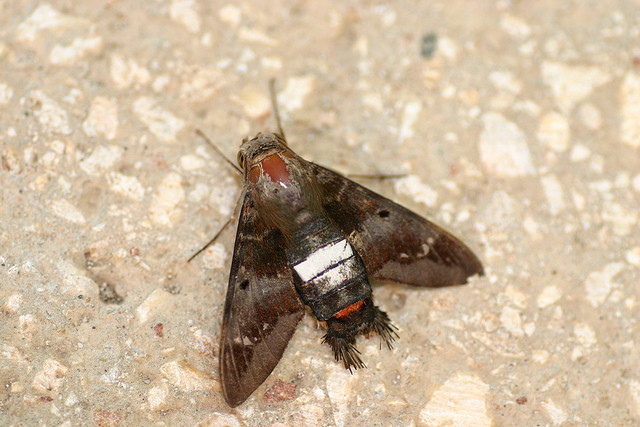
Aellopos tantalus zonata, Dominican Republic,
May 24, 2007, courtesy of Sarah Kickler Kelber
Adults nectar on flowers, including white stopper (Eugenia axillaris), lantana, flamevine and golden creeper/beach creeper/cough bush ( Ernodea littoralis).
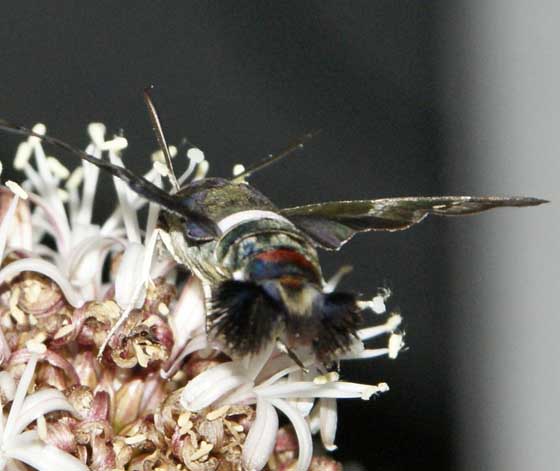
Aellopos tantalus zonata nectaring on Draceana fragrans, Islamorada, Monroe County, Florida, December 22, 2008,
courtesy of Kevin and Shelby Heeter, id confirmed by James P. Tuttle.
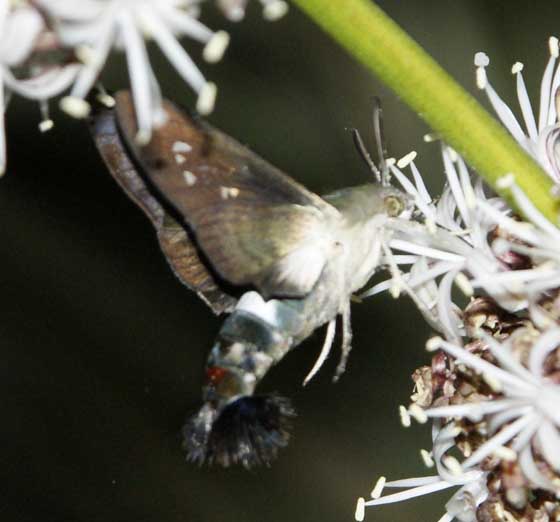
Aellopos tantalus zonata nectaring on Draceana fragrans, Islamorada, Monroe County, Florida, December 22, 2008,
courtesy of Kevin and Shelby Heeter, id confirmed by James P. Tuttle.
Within a few days, the deleloping larva can be seen through the eggshell. Newly emerged larvae feed on tender, new leaves until they have developed a bit.
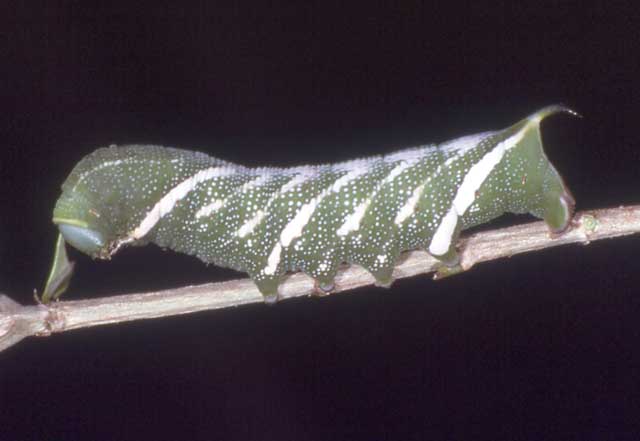
Aellopos tantalus zonata fifth instar, North Key Largo, Monroe County, Florida,
copyright/courtesy of James P. Tuttle.
Caterpillars pupate in loose cocoons in shallow underground chambers or in leaf litter.
Pupae are dark, smooth and shiny, and relatively thin considering the stout appearance of the moth.
Return to U. S. A. Table
Return to Sphingidae Index
Return to Dilophonotini Tribe
Use your browser "Back" button to return to the previous page.
This page is brought to you by Bill Oehlke and the WLSS. Pages are on space rented from Bizland. If you would like to become a "Patron of the Sphingidae Site", contact Bill.
Please send sightings/images to Bill. I will do my best to respond to requests for identification help.